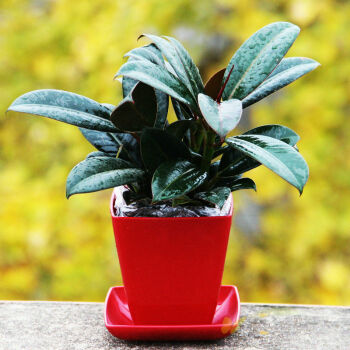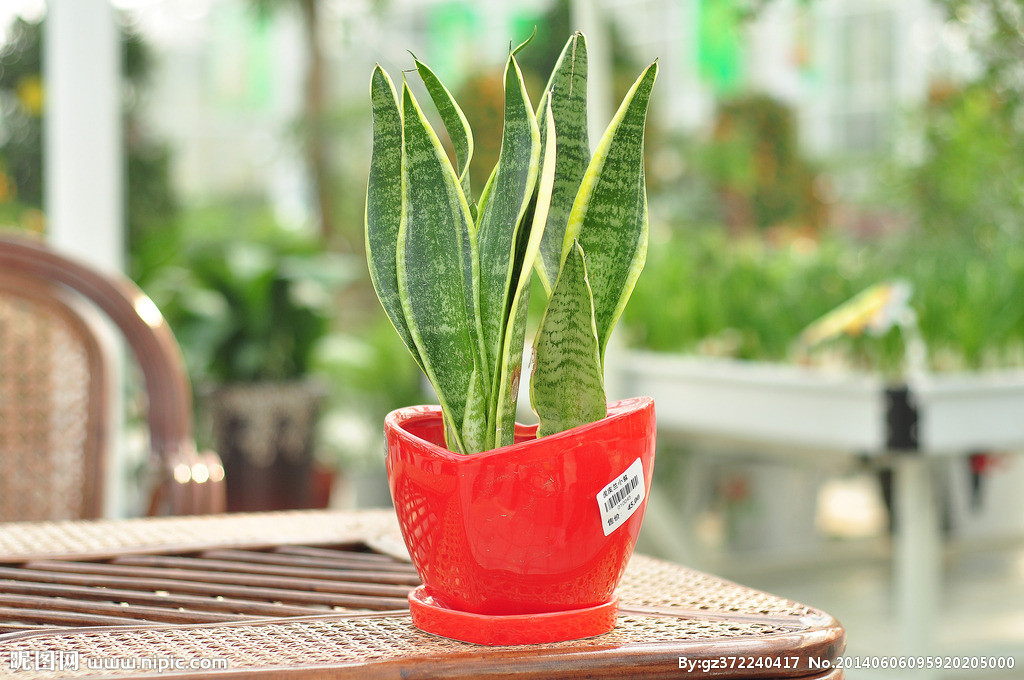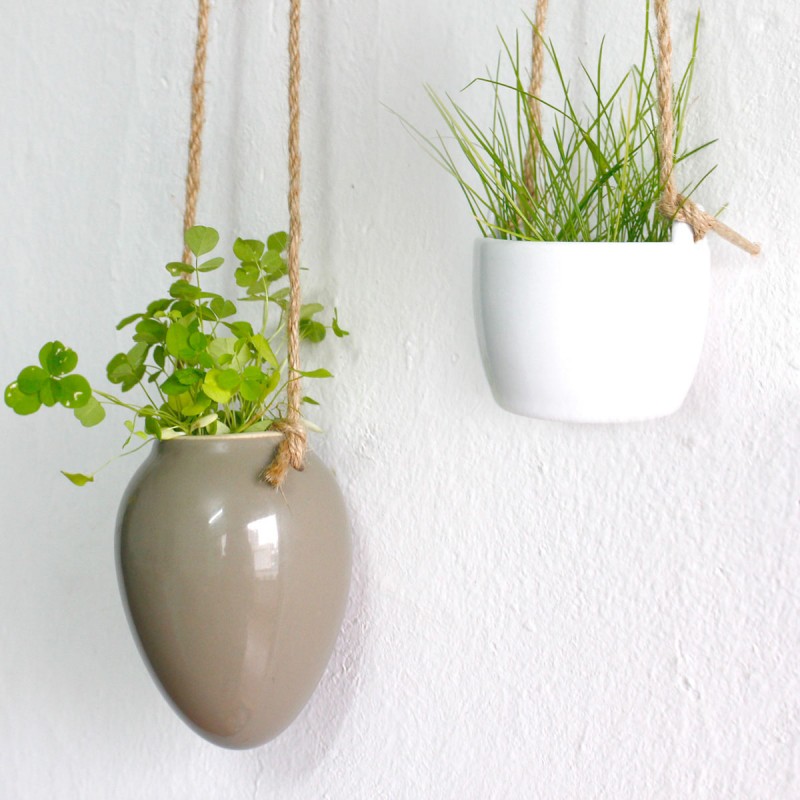Pictures of Black King Kong Rubber Tree Culture methods and points for attention of Black King Kong Rubber Tree
King Kong oak bark is native to Brazil and Malaysia, and is also cultivated in various parts of China. Black King Kong rubber tree has a large crown, wide spread, gray-white bark and smooth bark. It grows in the tropical monsoon forest and rain forest in South China. Its shape is spectacular and beautiful, and it is a good foliage plant. The editor of the network below will introduce to you the efficacy and function of King Kong bark.

Pictures of Black King Kong Rubber Tree Culture methods and points for attention of Black King Kong Rubber Tree
1. Fertilization. The fertilization of black King Kong rubber tree should be mainly nitrogen fertilizer, combined with a small amount of phosphorus and potassium fertilizer. Can use retting soybean water, bean cake water diluted after filling the root, the general concentration of 20%. Can also use inorganic fertilizer, such as urea, but to achieve less frequent application, do not apply thick fertilizer, avoid burning roots.
2. Soil. When black King Kong rubber tree is planted in pot, it is suitable to use 1 part of rotten leaf soil, 1 part of garden soil and 1 part of river sand, and add a small amount of base fertilizer to form culture soil. It grows very fast in a hot and humid environment, and a leaf can be produced every 5 mi 10 days. During this period, adequate fertilizer and moisture must be ensured.
3. Light. Black King Kong rubber tree likes strong sunlight and should be cultivated in the sun throughout the growing season from spring to autumn and in strong light in winter, but it can also tolerate shade and is better cultivated in low light indoors.
4. Temperature. The suitable temperature for the growth of Hevea brasiliensis is 20-30 ℃, and the most luxuriant growth is at 25-30 ℃. The growth is poor when it is less than 10 ℃, and it is easy to suffer frost injury when it is less than 0 ℃. If the black King Kong rubber tree is hit by a cold wind, there will be yellow leaves and fallen leaves.
5. Watering. Black King Kong rubber tree likes water, but is not resistant to water stains, there is a phenomenon of waterlogging, the root can not get oxygen, there will be yellow leaves, fallen leaves. Watering should follow the principle of "see dry and wet". Don't water too often. Winter should be spent indoors, generally watered once a week, summer should be decided according to the weather and basin soil humidity!
6. Pruning. In order to make the black King Kong rubber tree grow symmetrically and ensure a good plant shape, it should be coring when the seedlings grow to a height of 50 meters and 80 centimeters, so as to promote the germination of lateral branches. after the lateral branches grow, 5 branches are selected, and then the lateral branches are short cut once a year, and the larger plants with complete plant shape, round and plump can be obtained after 3 years.
7. Pest control. Under normal maintenance, black King Kong rubber tree diseases and insect pests are very few, only in winter indoor maintenance, there will be red spiders, shell insects harm, can be sprayed with special insecticides to control, such as triclofenac (red spider), parathion (shell insects).
Black King Kong rubber tree cultivation method Black King Kong rubber tree is a new variety derived from the rubber tree, is a common foliage plant, deeply loved by the majority of horticulturists and consumers, whether it is families, hotels, halls and other places, it can often be seen. So how to raise this black rubber tree? The following editor will tell you about the breeding method of black King Kong rubber tree. Introduction to Black King Kong Rubber Tree
Black King Kong rubber leaves are thick and strong, and can grow all the year round. The name Black King Kong sounds masculine, but its red leaf sheath is like a shy girl, bright red, charming in masculinity. Culture method of Black King Kong Rubber Tree
1. Fertilization. The fertilization of black King Kong rubber tree should be mainly nitrogen fertilizer, combined with a small amount of phosphorus and potassium fertilizer. Can use retting soybean water, bean cake water diluted after filling the root, the general concentration of 20%. Can also use inorganic fertilizer, such as urea, but to achieve less frequent application, do not apply thick fertilizer, avoid burning roots.
2. Soil. When black King Kong rubber tree is planted in pot, it is appropriate to use 1 part of rotten leaf soil, 1 part of garden soil and 1 part of river sand, and add a small amount of base fertilizer to form culture soil. It grows very fast in a hot and humid environment, and a leaf can be produced every 5 mi 10 days. During this period, adequate fertilizer and moisture must be ensured.
3. Light. Black King Kong rubber tree likes strong sunlight and should be cultivated in the sun throughout the growing season from spring to autumn and in strong light in winter, but it can also tolerate shade and is better cultivated in low light indoors.
4. Temperature. The suitable temperature for the growth of Hevea brasiliensis is 20-30 ℃, and the most luxuriant growth is at 25-30 ℃. The growth is poor when it is less than 10 ℃, and it is easy to suffer frost injury when it is less than 0 ℃. If the black King Kong rubber tree is hit by a cold wind, there will be yellow leaves and fallen leaves.
5. Watering. Black King Kong rubber tree likes water, but is not resistant to water stains, there is a phenomenon of waterlogging, the root can not get oxygen, there will be yellow leaves, fallen leaves. Watering should follow the principle of "see dry and wet". Don't water too often. Winter should be spent indoors, generally watered once a week, summer should be decided according to the weather and basin soil humidity!
6. Pruning. In order to make the black King Kong rubber tree grow symmetrically and ensure a good plant shape, it should be coring when the seedlings grow to a height of 50 meters and 80 centimeters, so as to promote the germination of lateral branches. after the lateral branches grow, 5 branches are selected, and then the lateral branches are short cut once a year, and the larger plants with complete plant shape, round and plump can be obtained after 3 years.
7. Pest control. Under normal maintenance, black King Kong rubber tree diseases and insect pests are very few, only in winter indoor maintenance, there will be red spiders, shell insects harm, can be sprayed with special insecticides to control, such as triclofenac (red spider), parathion (shell insects).
How to raise the Black King Kong rubber tree? Black King Kong rubber tree culture methods and matters needing attention!
Black King Kong rubber tree is actually a very good office green plant and family indoor green decorative flowers, high ornamental value, very popular, and widely used. Today, the editor of Huinong Network will tell you about the black King Kong rubber tree culture methods and matters needing attention. I hope it will be helpful to you!
In the process of raising rubber trees, the biggest problem encountered may be styling. Always all kinds of wring, staggering, do not know how to trim the rubber tree, why they lost their leaves inexplicably, then today the editor of Huinong Network will talk about the breeding skills of rubber trees.
A brief introduction to rubber trees
If you want to raise a kind of potted plant well, you must first understand the background of this kind of potted plant, where it comes from, and what kind of temperament it is.
Rubber tree, also known as black rubber tree, rubber tree, is a big evergreen tree. Its hometown (origin) is in Brazil and is now widely cultivated in the subtropics. Rubber trees like high temperature, humid, sunny environment, but avoid strong light, rubber trees can also bear shade, so many people will raise rubber trees indoors.
Rubber trees prefer slightly acidic fertile soil to clayey soil. The trunk of the rubber tree is obvious, with few natural branches, thick leathery leaves and a certain tolerance for dry air.
Second, the culture method of rubber tree
With regard to the breeding methods of rubber trees, the editor of Huinong Network is still 5 steps.
1. Potted soil:
Rubber tree taboo clay, on the basin should choose loose, breathable slightly acidic humus, can be used garden soil: rotten leaf soil: River sand by 2:2:1 preparation. For Yangtai people, garden soil may be more difficult to get, you can use peat: rotten leaf soil: perlite prepared at 2:2:1, add a small amount of organic fertilizer as base fertilizer. Many people like to lay stones or moss on the surface of flowerpots. Huinong net Xiaobian personally does not recommend paving, especially novices, who are not good at watering originally, and it is more difficult to observe the dry and wet condition of potted soil after flowerpot paving. At the same time, paving has a greater impact on the dry and wet cycle of potted soil. Or choose carefully.
2. Placement (lighting):
The different placement of the rubber tree will directly affect its shape. Many flower lovers like to keep the rubber tree indoors under bright scattered light. After a period of time, they will find that the branches of the rubber tree are very long, easy to fall, and not straight enough. This is often due to lack of light caused by overgrowth. Rubber trees like sunny environment, although it is shady, but long-term culture in the absence of direct light will cause rubber trees to grow, leaves sparse, branches become soft. Just like we who do office work for a long time, certainly not as strong as those who work outdoors, in fact, it is the same truth. Without direct sunlight and insufficient light, the branches of rubber trees will be soft, drooping and skewed if they are not lignified. The cultivation of rubber trees is best placed in the south balcony, so that there is not only oblique direct light, but also avoid the bright noon light, so that the rubber tree can grow strong, leaves dense, thick green.
3. Water and fertilizer management:
Rubber trees grow vigorously in spring, summer and autumn, and liquid fertilizer should be applied every 10-15 days in combination with watering, and pure nitrogen fertilizer and nitrogen, phosphorus and potassium compound fertilizer can be applied alternately. It can promote the growth of rubber trees and increase the application of phosphorus and potassium fertilizer after autumn to improve the resistance of plants and prepare for safe overwintering. Watering must be careful not to do as you please. During the growing period, it is better to keep the basin soil moist. If you can't grasp it, wait for the basin soil surface to dry and then water it thoroughly at once. Keep the rubber pot soil dry in winter, otherwise it is easy to freeze to death.
4. Temperature:
Rubber trees can also grow well at temperatures above 30 ℃, so you don't have to care about the temperature in spring, summer and autumn. Just don't expose yourself to the sun in summer, it's too hot, and if you love it, give it an air conditioner. The main problem is winter. Rubber trees, like other indoor foliage plants, are not resistant to cold and require more than 5 ℃ in winter. Hey, I believe that Huinong Xiaobian so many pots of cold-resistant green plants in winter ah, hey!
In fact, it is said to be more than 5 ℃, Huinong net editor personally feel that as long as the water control is good, a short period of cold is also easy to go, of course, there is difficulty. Huinong net editor I have been in a continuous week of-10 ℃ environment, let the super-cold-resistant triangular plum successfully winter, the secret is to control water.
Personally, it is suggested that if your house is relatively cold in winter, you should try to keep the basin soil dry and take some measures to keep warm at night. If it is too cold and there is no heating, you can only buy it in the coming year.
5. Pruning:
The rubber tree is a child with poor self-control, and it is very unlikely that you leave it alone and want it to flourish. Therefore, it should be managed in the process of its growth. Topping and pruning the trunk according to the height you want to promote branching.
Some flower lovers are reluctant to prune at the beginning and wait until they are very tall and then reluctantly trim. The editor of Huinong net suggests that you trim the top of the rubber tree when it grows to 1 meter high, because the leaves of the rubber tree are very big, and the trunk will be under a lot of pressure in the future. Of course, if you want to make the plant a little shorter, you can also top it at the height you want.
In addition to topping and promoting branches, for molded plants, pruning should also be carried out in spring, cutting off the branches inside the crown, withered branches and weak branches, and truncating the branches that are overgrowing and popping out of the head. to maintain the plant shape.
In addition, in the whole growth process, the overdense branches should be cut off at any time, and the overgrown branches should be truncated.
Matters needing attention in rubber tree culture
Rubber trees in the culture process should mainly pay attention to the following four points:
1. Proper lighting: without sunlight for a long time, the branches of the rubber tree will become weaker, grow too long, and the shape is not good-looking.
2. Pruning in time: topping and branching should be done in time during the growing period, and the inner branch of the molded plant should be cut off in time to increase plant permeability.
3. Overwintering, water control and heat preservation: rubber trees are not resistant to freezing, and it is best to keep them above 5 ℃ in winter. Watering is strictly controlled.
4: disease prevention and control: rubber trees are prone to anthracnose in summer, so we should pay attention to the good ventilation of the environment. Fungicides such as methyl Tob and Dysen zinc can be used to control charcoal maggot disease in summer.
The above are the black King Kong rubber tree culture methods and points for attention, you like to plant flowers partners quickly collect!
- Prev

The cultivation methods and matters needing attention of Phnom Penh tiger skin orchid in Phnom Penh
Everyone has heard of Tiger Pilan, and I believe we have raised it. Phnom Penh Tiger Pilan is a kind of foliage plant which can purify indoor environment. NASA scientists have found that Phnom Penh Tiger Pilan can release oxygen while absorbing carbon dioxide, increasing the concentration of ions in the indoor air.
- Next

Pictures of hydroponic plants what are hydroponic plants
As the name implies, hydroponics means soilless cultivation and aquiculture in water. Hydroponic culture (Hydroponics) is a new type of indoor soilless cultivation, also known as nutrient liquid culture: its core is to fix the plant rhizome in the planting basket and make the root grow naturally into the plant nutrient solution.
Related
- Fuxing push coffee new agricultural production and marketing class: lack of small-scale processing plants
- Jujube rice field leisure farm deep ploughing Yilan for five years to create a space for organic food and play
- Nongyu Farm-A trial of organic papaya for brave women with advanced technology
- Four points for attention in the prevention and control of diseases and insect pests of edible fungi
- How to add nutrient solution to Edible Fungi
- Is there any good way to control edible fungus mites?
- Open Inoculation Technology of Edible Fungi
- Is there any clever way to use fertilizer for edible fungus in winter?
- What agents are used to kill the pathogens of edible fungi in the mushroom shed?
- Rapid drying of Edible Fungi

